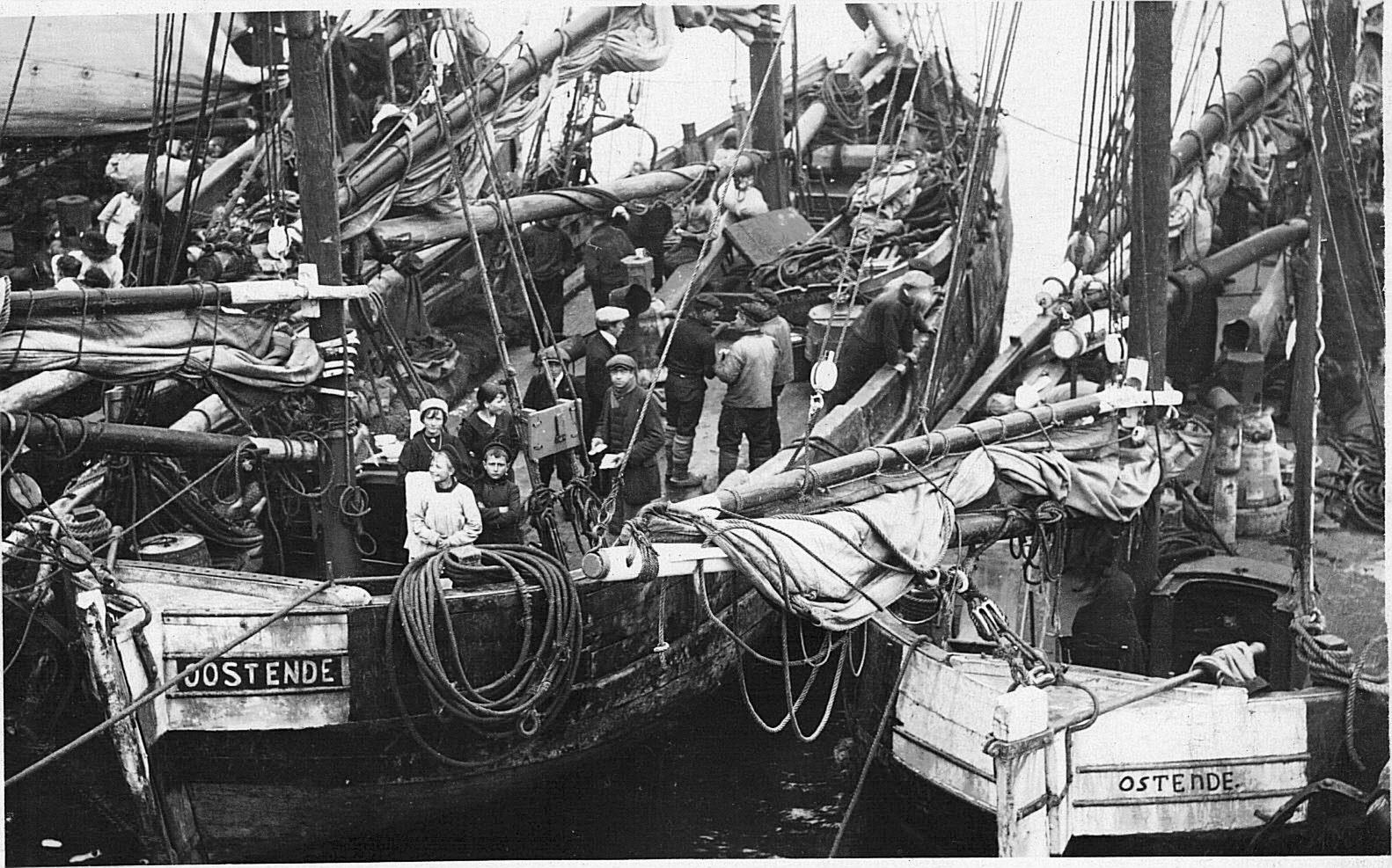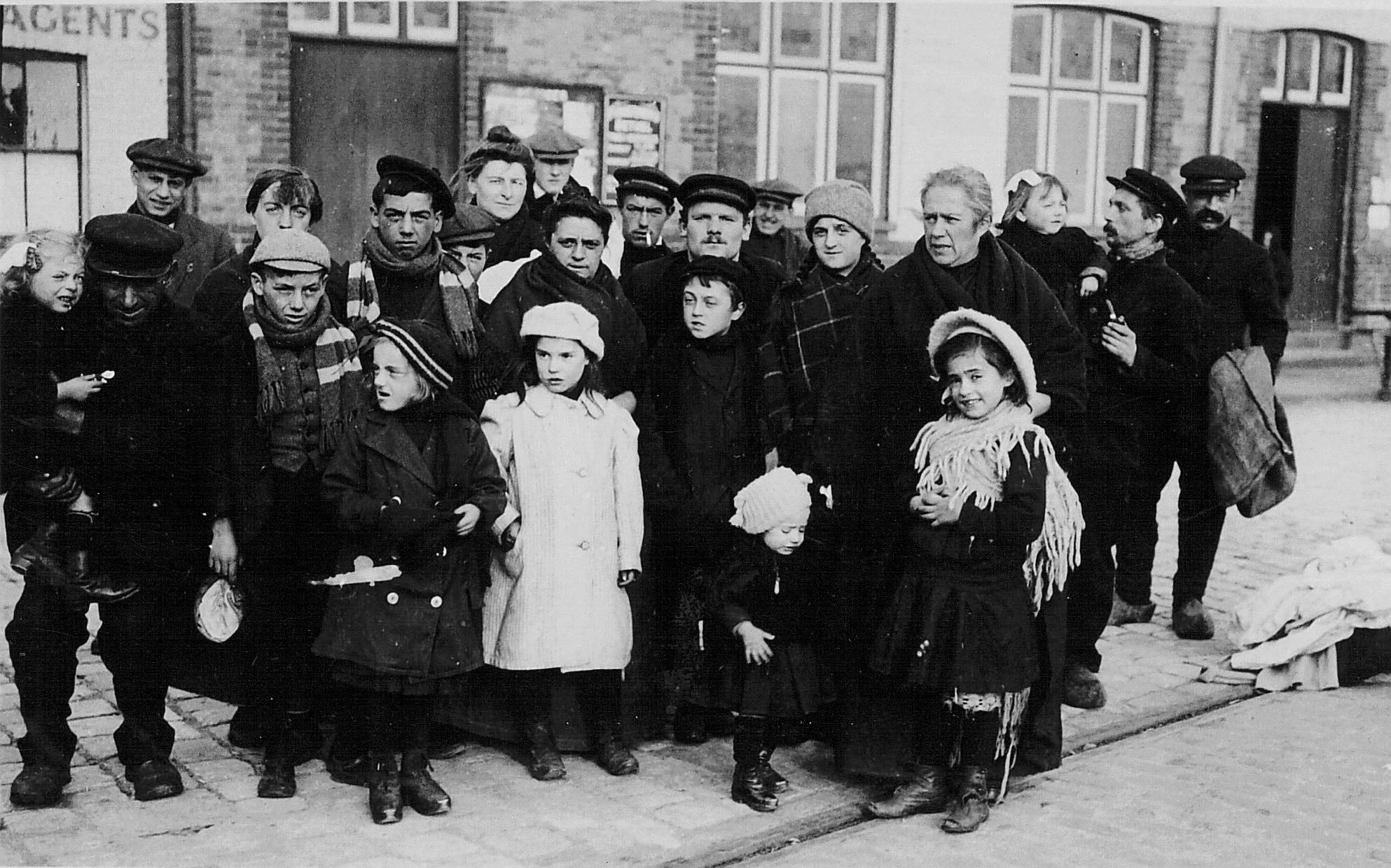In this blogpost Professor Mark Connelly discusses The Silent Cities, a1929 publication by Sidney C. Hurst on the cemeteries and memorials of the Great War.
When I first visited the battlefields in 1986 I found that my military history interest was very quickly matched, if not surpassed, by a new obsession with the memorials and cemeteries of the Western Front. The first Commonwealth War Graves Commission cemetery I visited was Dud Corner at Loos, and despite seeing many photographs of those neat and tidy corners of a foreign field forever England, I was totally amazed by actually stepping into one. Just like everyone else I found the cliché was absolutely true: the peace, quiet and dignity of the place were truly remarkable. On returning home I quickly managed to find a copy of Philip Longworth’s official history of the Commission, The Unending Vigil, published to mark its fiftieth anniversary in 1967. I read it avidly and was particularly interested in the references to a book called The Silent Cities by Sidney C. Hurst published by Methuen on behalf of the Commission in 1927. Deeply curious as to its contents, I searched my local libraries with no luck and then put in an inter-library search request. In those days everything was done by filling in paper forms and acknowledgement came in the form of a prepaid postcard. After a good few weeks that postcard duly arrived and told me the book was ready for collection. Having no idea of the nature of the book other than the fact that it was obviously about the work of the IWGC, I had no insight as to what I was picking up.
Opening the book for the first time I was stunned. First, it was printed on beautiful, glossy art paper. Used to the yellowing and foxed pages of inter-war books I had purchased in my local second hand bookshop or read in the library, nothing had prepared me for opening a volume that seemed brand new. Then there was another huge shock. Rather than pages of text, which I had expected, there were photographs of cemeteries; not just a few photographs to break up and illustrate the text, but page after page of photographs. The book was a gazetteer of each and every cemetery and memorial. Under each cemetery was a short description with details about the graves they contained and map references to aid location. Suddenly I was teleported back to the world of the original visitors to the Western Front or those who longed to go, but with perhaps neither the means nor time who, instead, purchased the book as some kind of permanent souvenir of their lost loved one thus providing a fitting domestic reminder. The book was also a world of liminal spaces for many photographs showed the cemeteries incomplete or in transition. The original Graves Registration Unit crosses could be seen in some rows with others seemingly sprouting up their new crop of pristine white IWGC Portland Stone headstones. Close examination of the landscape around the cemeteries also revealed a world permanently caught in a moment of drastic transition. Look beyond the cemetery and it could have been a shot of the prairie with far, far horizons: the war had destroyed everything and so there was nothing to punctuate the background or immediate hinterland. Most of all, it was a world of saplings carefully planted by the IWGC in the cemeteries or some farmer to help define his field boundaries beyond. Mature trees seemed so rare that their total number could easily be accounted across the entire 407 pages of the book. It was impossible not to play the ‘then and now’ game as I thought about the cemeteries I had seen on my trip and compared my photographs to those contained in the book. Houses, roads, and above all, trees, had appeared in the intervening years.
The next great discovery was turning to the back of the book and seeing the index of cemeteries. Having been on the trip I had some inkling of the wondrous range of names used, starting with the severely utilitarian, through the humorous and ironic and on to the elegiac and iconic. But here was a whole new thesaurus of memory and commemoration. Cemetery names tumbled out and rapidly fused in my head a connection with Blunden’s poem, Trench Nomenclature, which I have never since escaped, particularly in that most wondrous of concoctions, ‘Perth Cemetery (China Wall), Zillebeke’. Pouring over the photographs and delighting (that may seem an odd word to use in this context, but I genuinely can’t think of another one which better describes my sensations) in the cemetery names, I saw veterans in tweed jackets, smoking pipes and doffing their caps as they visited the graves of old chums and cloche-hatted women with young children searching for solace in at least seeing daddy’s grave so nobly marked and beautifully maintained. As you’ll know if you’ve read any of my other pieces, that vision is one I have never since managed to shake off and has become an important component of my professional career.
Of course, the time came for me to return the book. I dreaded that moment, for I realised then that The Silent Cities was a book that I wanted to own. At that stage I knew absolutely nothing about the workings of the second hand book trade other than the fact that there was a good, rambling second hand bookshop in the London suburb in which I grew up. I did know that I had a rarity on my hands and I was highly unlikely to find a copy in my usual haunt. Aching with the misery that only a teenager can muster, and a teenager at the height of ‘The Smiths’ fame at that, I wondered what I could do. Looking at the library stamps in the book, I saw that no one had taken out since the late 1950s! From this fact I deduced that the library from which it originated might not be that interested in retaining it. Using what I thought to be politely cunning (or cunningly polite) skills I wrote to the library (I have a vague feeling that it was in East Sussex somewhere) and asked whether I might be allowed to buy the book from them, especially as it was clearly not the hottest volume on their shelves. Needless to say that offer was declined with equal decorum and politeness (and perhaps cunning, as well). Skip forward a few years and I was now on the mailing lists of a few second hand book dealers who sent me their quarterly catalogues. Then, one magical day, I saw the book listed in one of the catalogues. I phoned immediately terrified that it might have been snapped up by someone else, but no, I was fortunate and managed to purchase it for let us say a not inconsiderable sum for the early 1990s. Receiving the book felt like having a scoop of soil from every cemetery in Belgian and France; it felt like some holy relic was now in my possession. Something far more than a simple catalogue was now on my shelves.
You might therefore imagine the amazing frisson that overcame me, when, about a year later, I purchased a copy of a collection of R.H. Mottram’s essays (of which more in a later piece) titled Through the Menin Gate. Among the short stories, autobiographical sketches and snatches of journalism was a review of The Silent Cities. I made straight for the essay and felt an odd sensation as I realised that Mottram had expressed many of my own thoughts some sixty years earlier. ’The real end of the War came, so far as I am concerned,’ he wrote, ‘on the day that a volume entitled The Silent Cities, an illustrated guide to the War Cemeteries in France and Flanders, 1914-1918, was put into my hands for review. That was the end, there is no longer anything to be done.’ For me though, Silent Cities was not the end but the end of the beginning.




